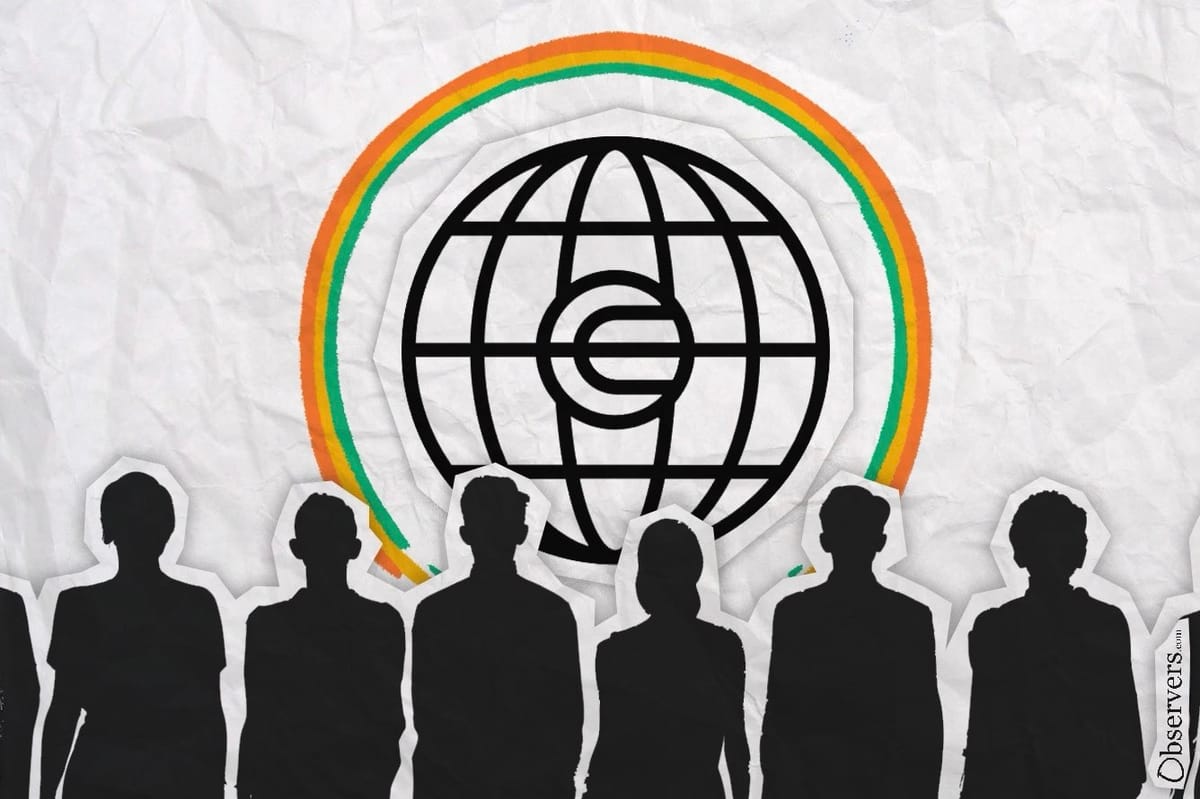
Sam Altman’s proof-of-humanity startup, World (formerly Worldcoin), recently announced a $135 million funding round led by a16z and Bain Capital Crypto. The news gave the $WLD token a healthy boost, sending its price up by 20%.
While World’s token and the broader project often grab headlines, what many people don’t realize is that the team has also built its own Layer 2 network called Worldchain, and it has been quietly gaining traction since its launch last fall.
World’s Migration Path: Hubble → Polygon → Optimism → Ethereum L2
World has migrated to a new blockchain infrastructure nearly every year since its launch in 2021
The project started with a custom payments-focused rollup called Hubble, which made sense at the time since the original goal of the World App was simple payments. But by 2022, the team saw the need for deeper integration with the DeFi ecosystem and made the move to Polygon. This gave them full EVM support, access to essential developer tools, and integrations with popular apps like Uniswap.
By 2023, World made another switch—this time to the Optimism (OP) mainnet. It seemed like the right call at the time: cheaper transactions, better security, and a thriving ecosystem. But pretty quickly, it became clear that World was pushing the limits. The World App was handling nearly half of all activity on OP Mainnet, and during traffic spikes, that number could shoot past 80%.
At times, the app was using so much of the network’s capacity that it started to feel like a bottleneck. That is when the team decided it was time to build their own Ethereum L2, one that could better handle their growing user base and specific needs. That is how Worldchain came to be.
Blockchain With Humans in Mind
Worldchain is built using the OP Stack, but it is not just another generic Layer 2. It is designed specifically with humans in mind.
One thing that makes Worldchain different is something called Priority Blockspace for Humans (PBH). Basically, if you are a verified user, your transactions get to jump the line, landing at the top of the block ahead of bots. That means less frustration, fewer gas wars, and you are not constantly overpaying just to get something confirmed. It also helps cut down on things like MEV exploits, which can be a headache on other chains.
During the ETHDenver event in February 2025, Worldchain launched an incentivized testnet to stress-test PBH under real-world conditions. Participants engaged in activities like the "PBH King of the Hill" game, where verified users competed to execute transactions with top-of-block priority, demonstrating PBH's effectiveness in prioritizing human transactions.
On top of that, human users on Worldchain get a gas stipend, allowing them to transact for free. This subsidy is currently funded by the World Foundation.
Worldchain currently processes around 1.4 to 1.5 million transactions per day. Assuming an average gas cost of $0.10 per transaction, the daily cost to the World Foundation for subsidizing gas would be approximately $150,000, resulting in a monthly expenditure of about $4.5 million. This subsidy is currently covered by the Foundation, with long-term plans to offset these costs through fees paid by bots and high-volume users.
World ID on Worldchain
Despite being relatively new, Worldchain is already showing signs of strong adoption. It has around 500,000 active wallets each day.
Right now, the most popular app on Worldchain is World ID. It lets people prove they are real, unique humans—without giving up their privacy. That simple feature opens the door to all sorts of more trustworthy online experiences, like signing into social platforms or making sure things like voting and ticket sales stay fair.
The second most popular application on Worldchain is decentralized exchange Uniswap, which isn’t too surprising—people still need a simple way to swap tokens on the network.
While the app ecosystem on Worldchain is still small, it is early days. The vision is clear: build a chain that prioritizes real people. For developers, it is a chance to reach verified human users at scale. But while the human-first design is refreshing and different, the breakout use case—the one that makes Worldchain truly indispensable—has yet to arrive.
That said, with $135 million in fresh funding and some of the biggest names in crypto and AI backing it, there is no doubt the project has serious potential.

